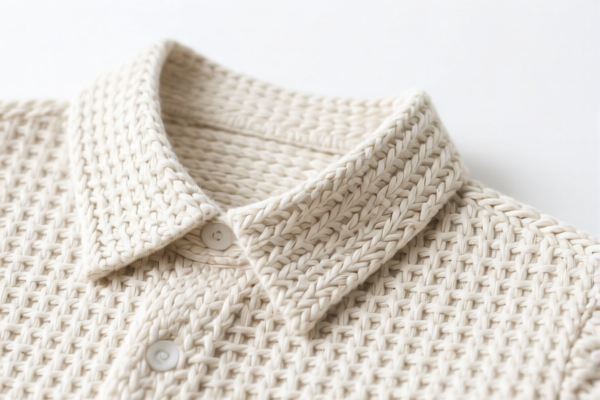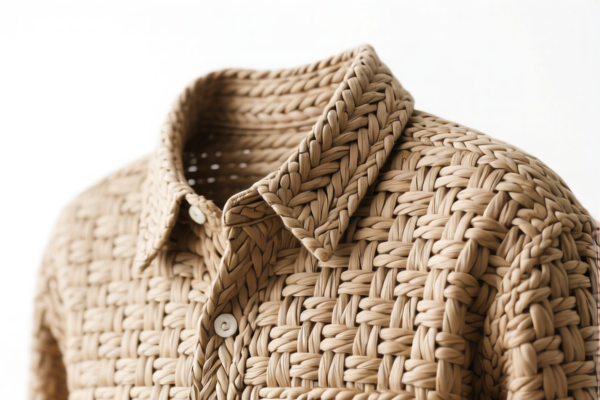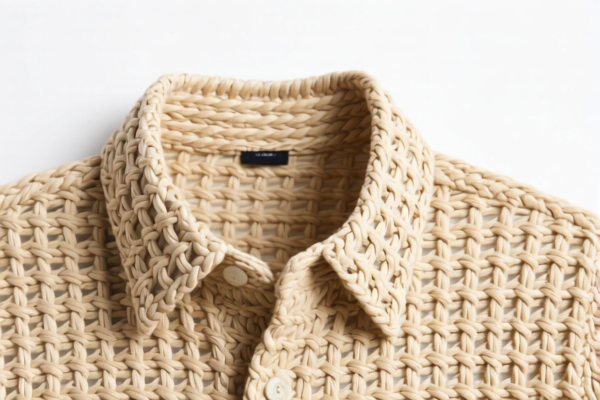| HS Code | Official Doc | Tariff Rate | Origin | Destination | Effective Date |
|---|---|---|---|---|---|
| 6001102000 | Doc | 72.2% | CN | US | 2025-05-12 |
| 6001106000 | Doc | 64.0% | CN | US | 2025-05-12 |




Weaver
A weaver is a person or machine that creates fabric by interlacing two distinct sets of yarns at right angles to each other. This process, known as weaving, is one of the most ancient and widespread methods for textile production.
Materials:
Weaving can utilize a vast range of materials, categorized broadly as:
- Natural Fibers: These include plant-based fibers like cotton, linen, hemp, jute, and ramie; animal fibers such as wool, silk, cashmere, and alpaca; and mineral fibers like asbestos (historically, though now largely discontinued due to health concerns).
- Synthetic Fibers: These are man-made materials including polyester, nylon, acrylic, rayon, and polypropylene.
- Metallic Threads: Gold, silver, and other metal-coated threads are used for decorative or specialized applications.
- Blended Fibers: Combinations of natural and synthetic fibers are common, offering a balance of properties.
Purpose & Function:
The primary purpose of weaving is to transform yarns into fabric. The resulting fabric serves a multitude of functions, including:
- Apparel: Clothing of all types.
- Home Textiles: Bedding, curtains, upholstery, towels, carpets.
- Industrial Applications: Reinforcement materials (e.g., fiberglass), filtration, geotextiles, medical bandages.
- Decorative Arts: Tapestries, wall hangings, and other artistic creations.
Usage Scenarios:
Weaving takes place in a variety of settings:
- Hand Weaving: Often practiced as a craft or art form, using simple looms and creating unique, small-scale textiles.
- Industrial Weaving: Large-scale production in factories using automated looms, producing vast quantities of fabric for commercial purposes.
- Traditional Weaving: Cultural practices employing specific techniques and materials passed down through generations, often creating textiles with symbolic meaning.
- Technical Weaving: Specialized applications requiring precise fabric structures for specific performance characteristics.
Common Types of Weaves:
The way yarns are interlaced determines the weave structure, affecting the fabric’s properties. Some common types include:
- Plain Weave: The simplest weave, with yarns interlacing in a one-over-one pattern. Produces a durable, stable fabric. (e.g., muslin, canvas)
- Twill Weave: Creates diagonal ribs or wales on the fabric surface. More durable and drapes better than plain weave. (e.g., denim, gabardine)
- Satin Weave: Characterized by a smooth, lustrous surface due to long floats of yarn. Less durable than plain or twill weave. (e.g., satin, charmeuse)
- Pile Weave: Creates a raised surface, such as velvet or corduroy.
- Jacquard Weave: Allows for complex patterns to be woven into the fabric using a specialized loom.
- Dobby Weave: Creates small geometric patterns or textured effects.
Pile fabrics, including "long pile" fabrics and terry fabrics, knitted or crocheted, are the goods in question. These fabrics are characterized by having a dense surface of loops or tufts, offering properties like softness, absorbency, and insulation. They find applications in various textiles, including clothing, home furnishings (towels, blankets), and industrial uses.
The following HS codes are relevant based on the provided information:
-
6001102000: This HS code specifically covers pile fabrics, including "long pile" fabrics and terry fabrics, knitted or crocheted, made of man-made fibers.
- 60: Chapter 60 relates to textiles fabrics.
- 01: Heading 01 specifies knitted or crocheted fabrics.
- 10: Subheading 10 further defines pile fabrics.
- 20: This further specifies fabrics made of man-made fibers.
- Current Tax Rate: The base tariff is 17.2%, with an additional 25.0% surcharge. After April 2, 2025, the surcharge increases to 30%, resulting in a total tariff of 72.2%.
-
6001106000: This HS code covers pile fabrics, including "long pile" fabrics and terry fabrics, knitted or crocheted, which are other than those made of man-made fibers (implying natural fibers or blends not specifically categorized elsewhere).
- 60: Chapter 60 relates to textiles fabrics.
- 01: Heading 01 specifies knitted or crocheted fabrics.
- 10: Subheading 10 further defines pile fabrics.
- 60: This further specifies fabrics that are "other" than those made of man-made fibers.
- Current Tax Rate: The base tariff is 9.0%, with an additional 25.0% surcharge. After April 2, 2025, the surcharge increases to 30%, resulting in a total tariff of 64.0%.
According to the provided reference material, the HS code options related to 'weaver' are limited, with only the following 2 found.
Customer Reviews
I found the explanation of the difference between 6001102000 and 6001106000 very helpful. It clarified the distinction between man-made and natural fiber pile fabrics.
The site provided a clear breakdown of the effective date and tariff rates for both HS codes. It made it easy to plan my export timeline.
The site has good info on HS codes, but I wish there were more examples of how the codes apply to specific products. Still, it's a useful resource.
The breakdown of the 64.0% tariff for 6001106000 was very helpful. I was able to calculate my costs more accurately for natural fiber pile fabrics.
The detailed description of pile fabrics and the relevant HS codes made this site a go-to resource for my textile exports. Highly recommend!